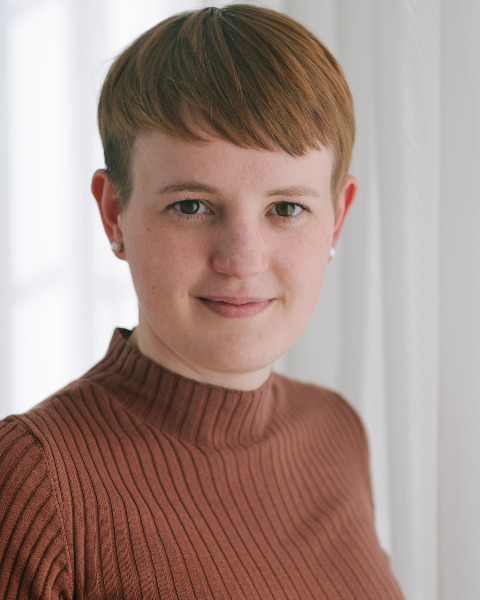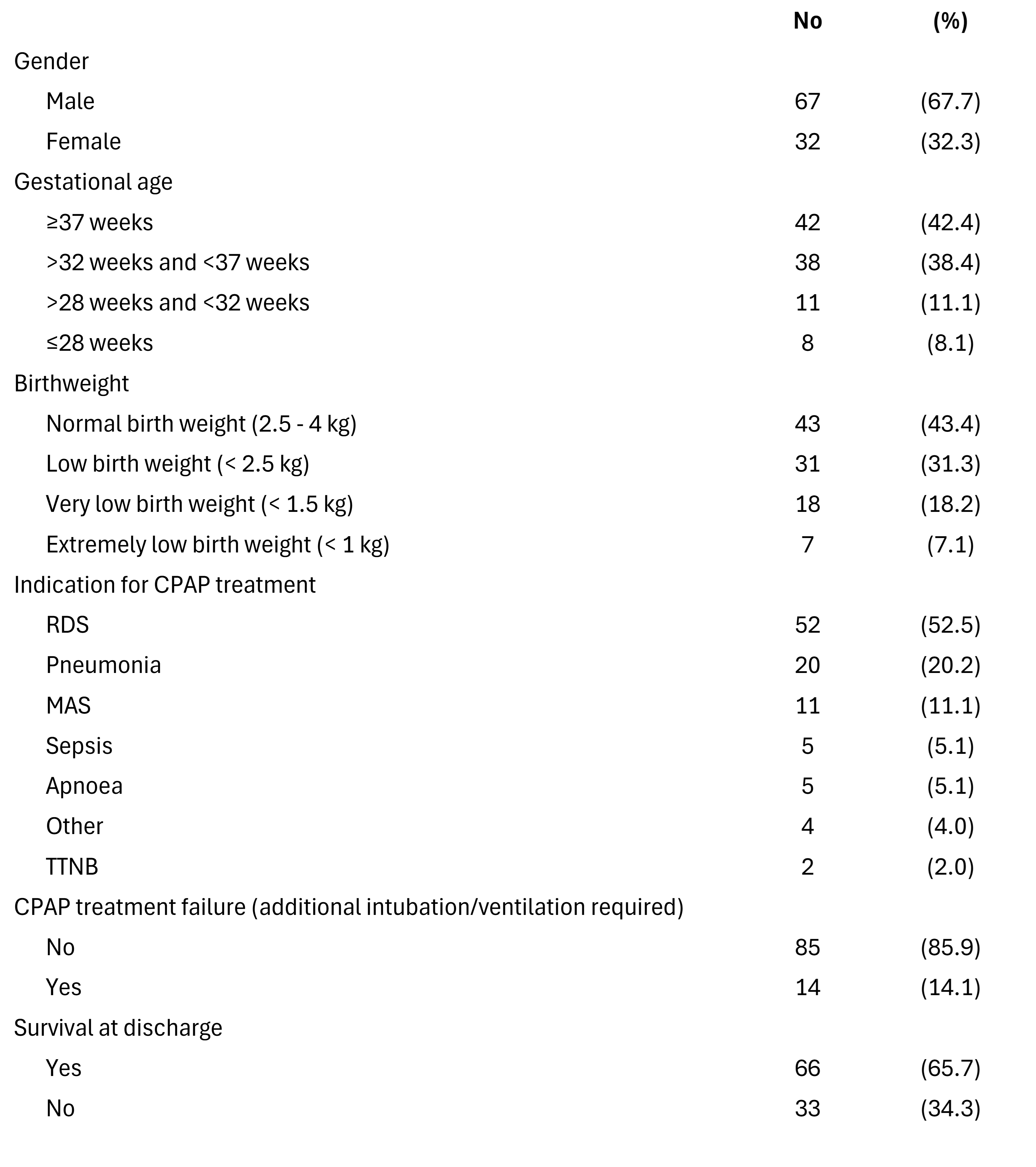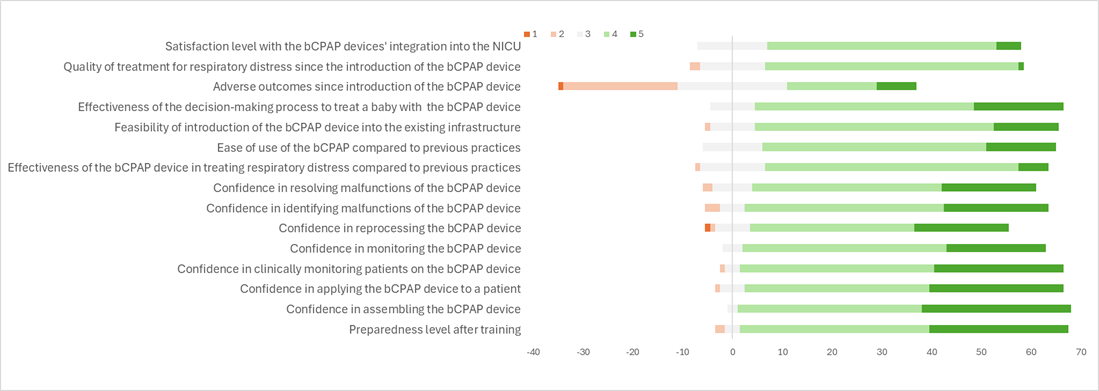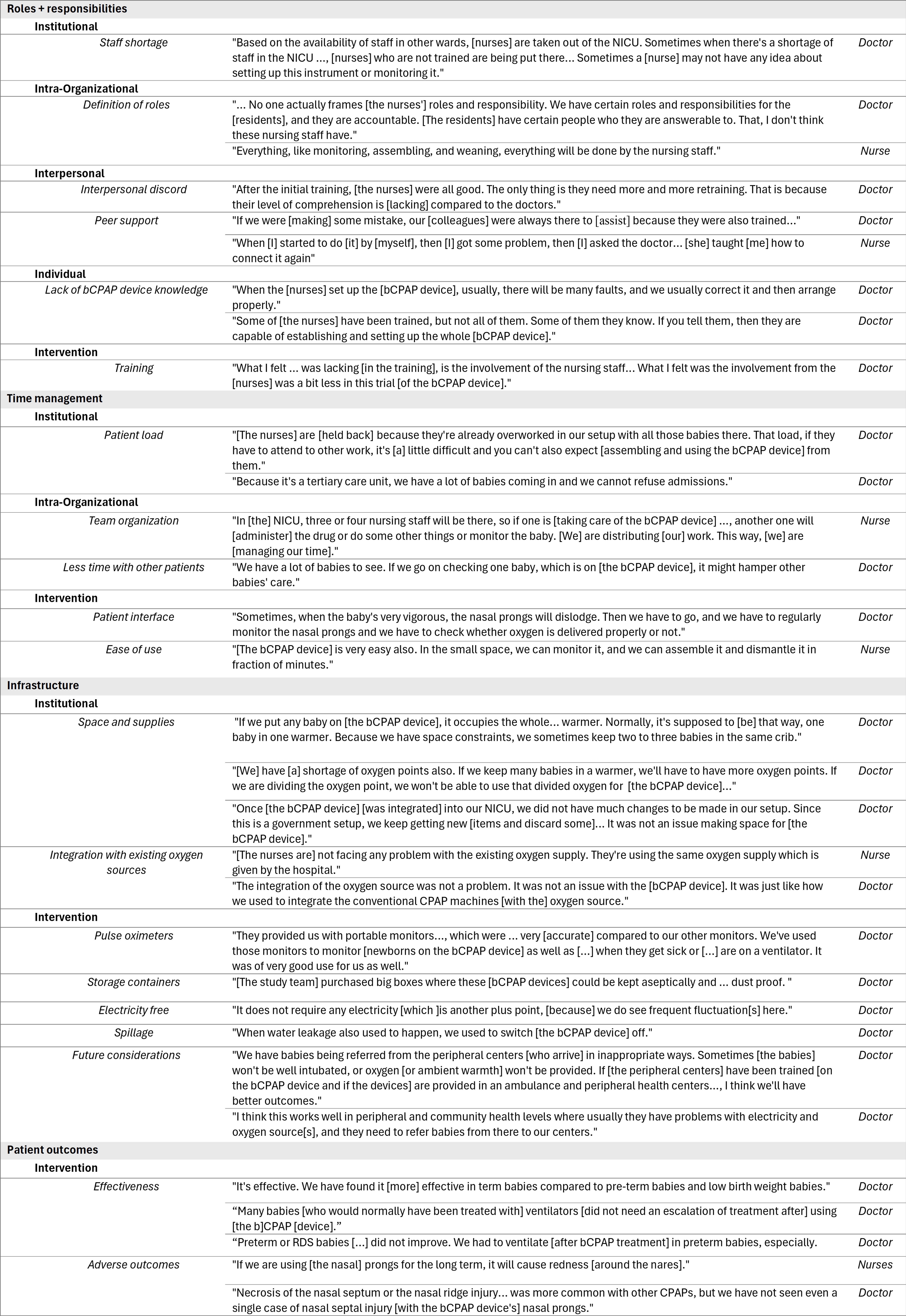Global Neonatal & Children's Health 5
Session: Global Neonatal & Children's Health 5
786 - Feasibility of Use and Integration of a Novel Bubble CPAP System in a Public Referral NICU in Mysore, India
Sunday, April 27, 2025
8:30am - 10:45am HST
Publication Number: 786.4851
Paula K. Rauschendorf, Massachusetts General Hospital, Leipzig, Sachsen, Germany; Alix Boisson-Walsh, Rutgers New Jersey Medical School, Jersey City, NJ, United States; Molly K. Rudman, Vayu Global Health Foundation, Brookline, MA, United States; Sarah Badin, Vayu Global Health Foundation, Boston, MA, United States; Raj Prakash, King’s College Hospital NHS Foundation Trust, London, England, United Kingdom; Shalini S R, Mysore medical college and research institute, Mysuru, Karnataka, India; Savitha M R, Mysore Medical College & Research Institute, Mysore, Karnataka, India; Thomas F. Burke, Harvard University, Medford, MA, United States

Paula K. Rauschendorf, MD (she/her/hers)
Postdoctoral Fellow
Vayu Global Health Foundation
Leipzig, Sachsen, Germany
Presenting Author(s)
Background: Prematurity and associated respiratory distress is a leading cause of neonatal mortality worldwide. Treatment with CPAP can greatly reduce these deaths. However, CPAP devices are not available in many low-resource settings.
In June of 2023, eight Vayu bCPAP systems were introduced into the NICU of the Mysore Medical College and Research Institute in Mysore, India. The NICU is divided into two units, each of which is equipped with ventilators and three Fisher & Paykel bCPAP devices. The novel bCPAP devices were applied to babies when all of the Fisher & Paykel devices were in use.
Objective: The objective of this study was to evaluate the acceptability and feasibility of use and integration of the novel bCPAP System in the NICU of the Mysore Medical College, India.
Design/Methods: We prospectively recorded demographic and clinical data over 12 months and then conducted an explanatory sequential prospective mixed-methods study using questionnaire-based surveys, focus group discussions, and patient records. Survey and focus group discussion participants included nurses, nursing officers, junior residents, and attending doctors who worked in the NICU and used the novel bCPAP system. Interviews were transcribed, coded, and systematically analyzed for emergent themes using a socioecological framework.
Results: Ninety-nine newborns were treated with the novel bCPAP device between June 2023 and June 2024. Sixty-five (66%) of the 99 survived to discharge. Of the 71 healthcare workers surveyed most were satisfied (64.8%) or very satisfied (15.5%) with the novel bCPAP device and the majority found it feasible (67.6%) or very feasible (18.3%) to integrate it into the NICU ecosystem. Most agreed that the quality of their NICU’s care for respiratory distress improved (71.8%) or significantly improved (7.0%) after the introduction of the novel bCPAP devices. Barriers to integration of the novel bCPAP devices included a lack of warmers and patient monitors; staff not understanding their roles with device use, monitoring and reprocessing; staff shortages; and heavy workloads. Peer support, the ease of use of the device, and the fit with existing oxygen sources were highlighted as important enablers for integration of the novel bCPAP device.
Conclusion(s): Integration of the novel bCPAP device into a public referral facility NICU in India was feasible. Future research in different settings is needed.
Table 1. Characteristics of newborns receiving Vayu bCPAP treatment (n=99)

Figure 1. Survey results for select responses about Vayu bCPAP user experience
 Responses from 71 participants were captured on a five-point Likert scale, ranging from 1 (most negative) to 5 (most positive).
Responses from 71 participants were captured on a five-point Likert scale, ranging from 1 (most negative) to 5 (most positive).Table 2. Memorable quotes categorized by the organizational socioecological framework


